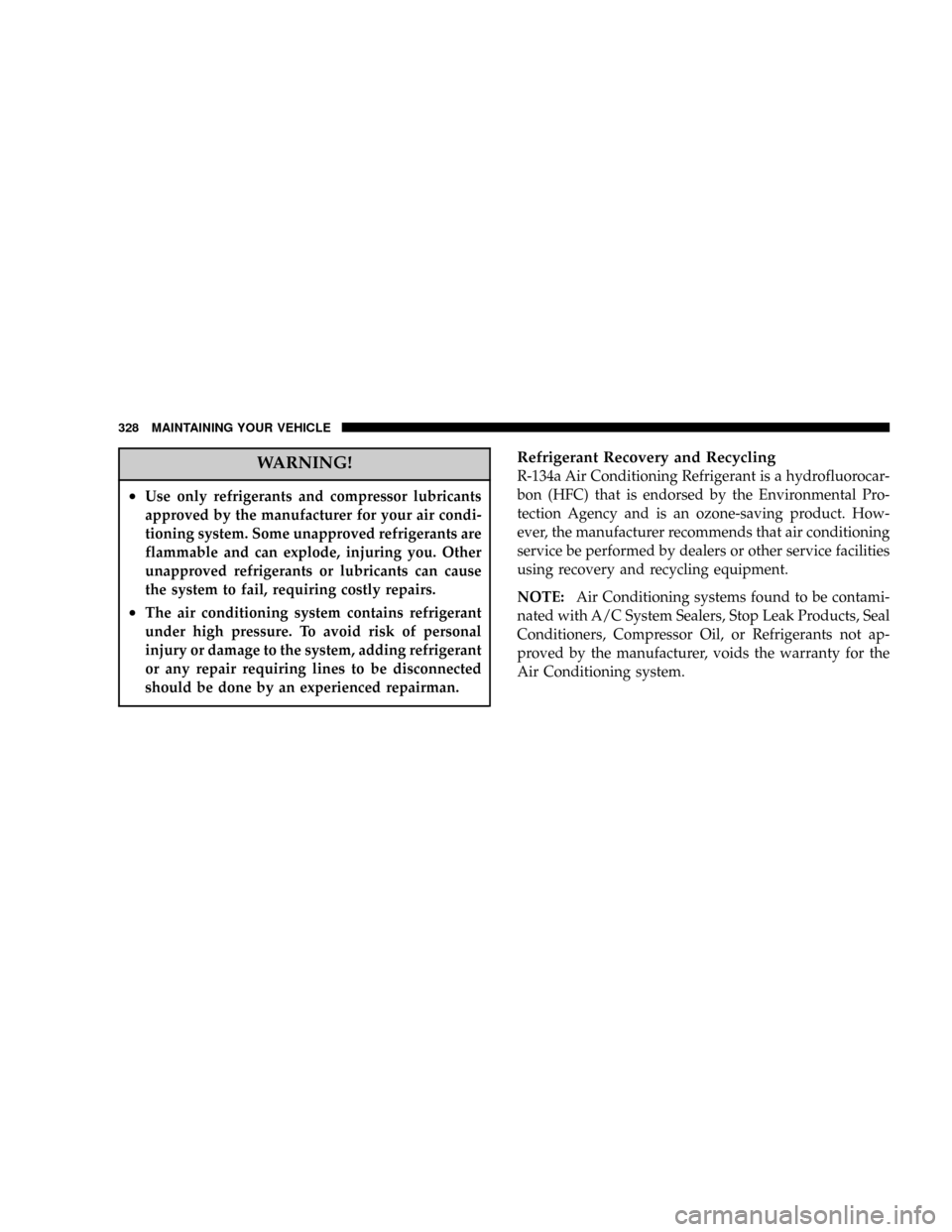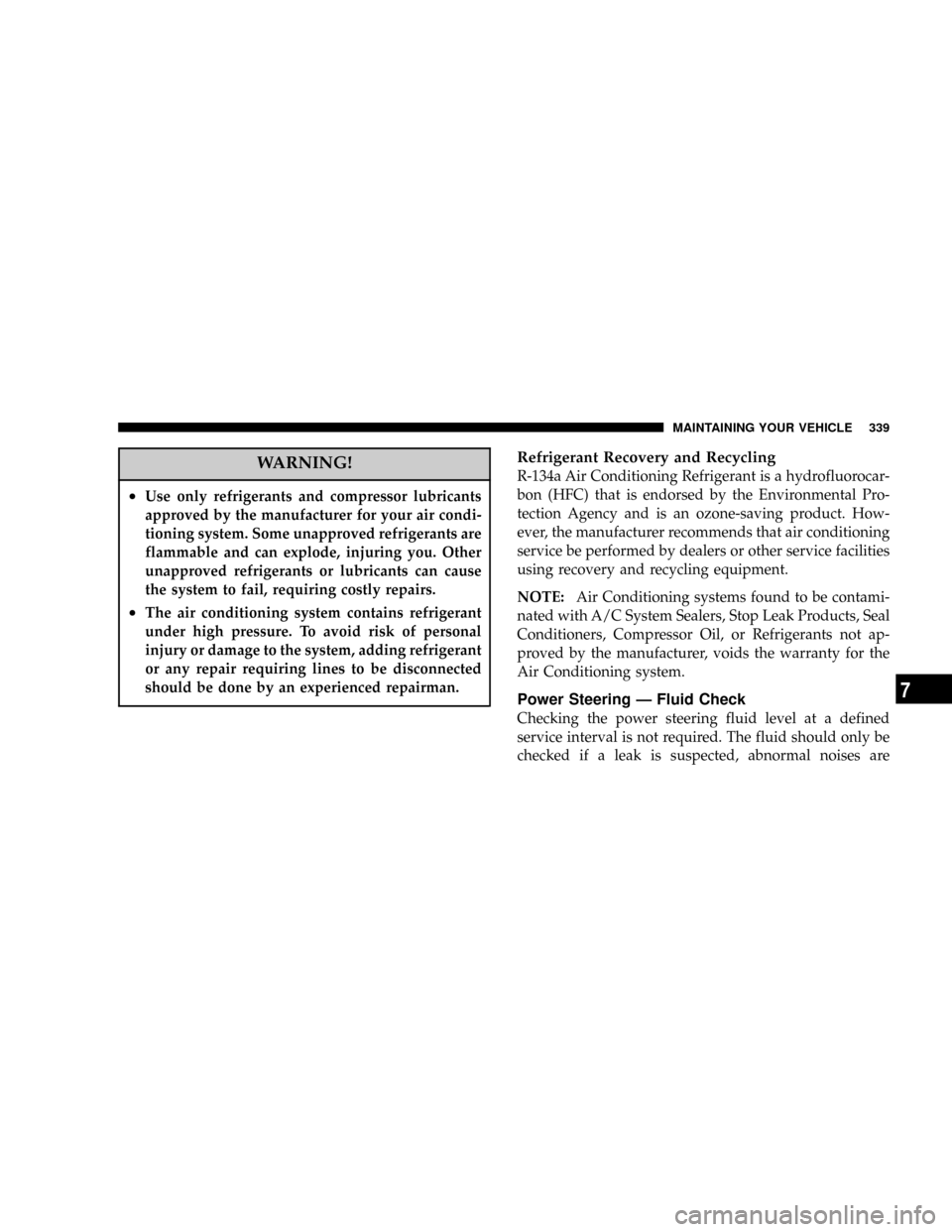Page 201 of 429

NTire Spinning........................248
NTread Wear Indicators..................249
NReplacement Tires.....................249
NAlignment And Balance.................250
mSupplemental Tire Pressure Information.......251
mTire Chains...........................251
mSnow Tires...........................253
mTire Rotation Recommendations............253
NDual Rear Wheels.....................255
mFuel Requirements......................256
NReformulated Gasoline.................257
NGasoline/Oxygenate Blends..............257
NMMT In Gasoline.....................258NSulfur In Gasoline.....................258
NMaterials Added To Fuel................259
NAdding Fuel.........................259
NFuel System Cautions..................261
NCarbon Monoxide Warnings..............262
mFlexible FuelÐ(Fleet Vehicles Only)..........262
NE-85 General Information................262
NEthanol Fuel (E-85)....................263
NFuel Requirements....................263
NSelection Of Engine Oil.................264
NStarting............................265
NCruising Range.......................265
NReplacement Parts.....................265
STARTING AND OPERATING 201
5
Page 328 of 429

WARNING!
²Use only refrigerants and compressor lubricants
approved by the manufacturer for your air condi-
tioning system. Some unapproved refrigerants are
flammable and can explode, injuring you. Other
unapproved refrigerants or lubricants can cause
the system to fail, requiring costly repairs.
²The air conditioning system contains refrigerant
under high pressure. To avoid risk of personal
injury or damage to the system, adding refrigerant
or any repair requiring lines to be disconnected
should be done by an experienced repairman.
Refrigerant Recovery and Recycling
R-134a Air Conditioning Refrigerant is a hydrofluorocar-
bon (HFC) that is endorsed by the Environmental Pro-
tection Agency and is an ozone-saving product. How-
ever, the manufacturer recommends that air conditioning
service be performed by dealers or other service facilities
using recovery and recycling equipment.
NOTE:Air Conditioning systems found to be contami-
nated with A/C System Sealers, Stop Leak Products, Seal
Conditioners, Compressor Oil, or Refrigerants not ap-
proved by the manufacturer, voids the warranty for the
Air Conditioning system.
328 MAINTAINING YOUR VEHICLE
Page 329 of 429
Engine Oil
Checking Oil Level
To assure proper lubrication of your vehicle's engine, the
engine oil must be maintained at the correct level. The
best time to check the engine oil level is about 5 minutes
after a fully warmed up engine is shut off or before
starting the engine after it has sat overnight.
Checking the oil while the vehicle is on level ground will
improve the accuracy of the oil level readings. Maintain
the oil level between the ADD and SAFE markings on the
dipstick. Adding one quart of oil when the reading is at
the ADD mark will result in a SAFE reading on these
engines.
MAINTAINING YOUR VEHICLE 329
7
Page 339 of 429

WARNING!
²Use only refrigerants and compressor lubricants
approved by the manufacturer for your air condi-
tioning system. Some unapproved refrigerants are
flammable and can explode, injuring you. Other
unapproved refrigerants or lubricants can cause
the system to fail, requiring costly repairs.
²The air conditioning system contains refrigerant
under high pressure. To avoid risk of personal
injury or damage to the system, adding refrigerant
or any repair requiring lines to be disconnected
should be done by an experienced repairman.
Refrigerant Recovery and Recycling
R-134a Air Conditioning Refrigerant is a hydrofluorocar-
bon (HFC) that is endorsed by the Environmental Pro-
tection Agency and is an ozone-saving product. How-
ever, the manufacturer recommends that air conditioning
service be performed by dealers or other service facilities
using recovery and recycling equipment.
NOTE:Air Conditioning systems found to be contami-
nated with A/C System Sealers, Stop Leak Products, Seal
Conditioners, Compressor Oil, or Refrigerants not ap-
proved by the manufacturer, voids the warranty for the
Air Conditioning system.
Power Steering Ð Fluid Check
Checking the power steering fluid level at a defined
service interval is not required. The fluid should only be
checked if a leak is suspected, abnormal noises are
MAINTAINING YOUR VEHICLE 339
7
Page 353 of 429

To check the automatic transmission fluid level properly,
the following procedure must be used:
1. Operate the engine at idle speed and normal operating
temperature.
2. The vehicle must be on level ground.
3. Fully apply the parking brake and press the brake
pedal.
4. Place the gear selector momentarily in each gear
position ending with the lever in P (Park).
5. Remove the dipstick, wipe it clean and reinsert it until
seated.
6. Remove the dipstick again and note the fluid level on
both sides. The fluid level should be between the ªHOTº
(upper) reference holes on the dipstick at normal operat-
ing temperature. Verify that solid coating of oil is seen on
both sides of the dipstick. If the fluid is low, add asrequired into the dipstick tube.Do not overfill.After
adding any quantity of oil through the oil fill tube, wait
a minimum of two (2) minutes for the oil to fully drain
into the transmission before rechecking the fluid level.
NOTE:If it is necessary to check the transmissionbelow
the operating temperature, the fluid level should be
between the two ªCOLDº (lower) holes on the dipstick
with the fluid at approximately 70ÉF (21ÉC) (room tem-
perature). If the fluid level is correctly established at
room temperature, it should be between the ªHOTº
(upper) reference holes when the transmission reaches
180ÉF (82ÉC). Remember it is best to check the level at the
normal operating temperature.
MAINTAINING YOUR VEHICLE 353
7
Page 418 of 429

Exhaust System.......................69,343
Exterior Lighting........................ 101
Filters
Air Cleaner........................334,357
Engine Fuel.......................... 334
Engine Oil........................333,381
Engine Oil Disposal.................... 332
Flashers
Turn Signal.......................... 103
Flat Tire Stowage.....................301,311
Flexible Fuel Vehicles
Cruising Range........................ 265
Engine Oil........................... 264
Fuel Requirements..................262,263
Maintenance.......................... 265
Replacement Parts..................... 265
Starting............................. 265
Flooded Engine Starting................... 206Fluid, Brake........................... 382
Fluid Capacities......................... 379
Fluid Level Checks
Automatic Transmission................. 352
Power Steering........................ 339
Fog Lights..........................102,378
Fold Flat Load Floor..................... 130
Four Wheel Drive....................... 216
Four-Way Hazard Flasher.................. 294
Freeing A Stuck Vehicle................... 316
Front Axle............................. 350
Front Wheel Bearings..................... 355
Fuel................................. 256
Adding............................. 259
Filter............................... 334
Gauge.............................. 150
Octane Rating......................256,381
Requirements......................256,379
Tank Capacity........................ 379
418 INDEX